Why Monarchs Need Milkweed: Understanding the Crucial Relationship
Monarchs and milkweed share one of nature’s most remarkable symbiotic relationships. Milkweed isn’t just preferred vegetation for monarchs—it’s absolutely essential for their survival. Female monarchs lay their eggs exclusively on milkweed plants, ensuring their caterpillars have immediate access to their only food source upon hatching. The caterpillars consume milkweed leaves, which contain cardiac glycosides—toxic compounds that make both the caterpillars and adult butterflies unpalatable to predators. This natural defense mechanism, acquired solely through milkweed consumption, protects monarchs throughout their lifecycle. As monarch populations have declined by over 80% in recent decades, growing milkweed in your garden creates crucial “refueling stations” along their migration routes. Without milkweed, there simply can’t be monarchs—the plant provides not just nutrition but also the chemical protection these iconic butterflies need to survive. By understanding this vital connection, you’ll appreciate why your milkweed garden plays such an important role in monarch conservation efforts.
Common Milkweed: The Reliable Monarch Magnet
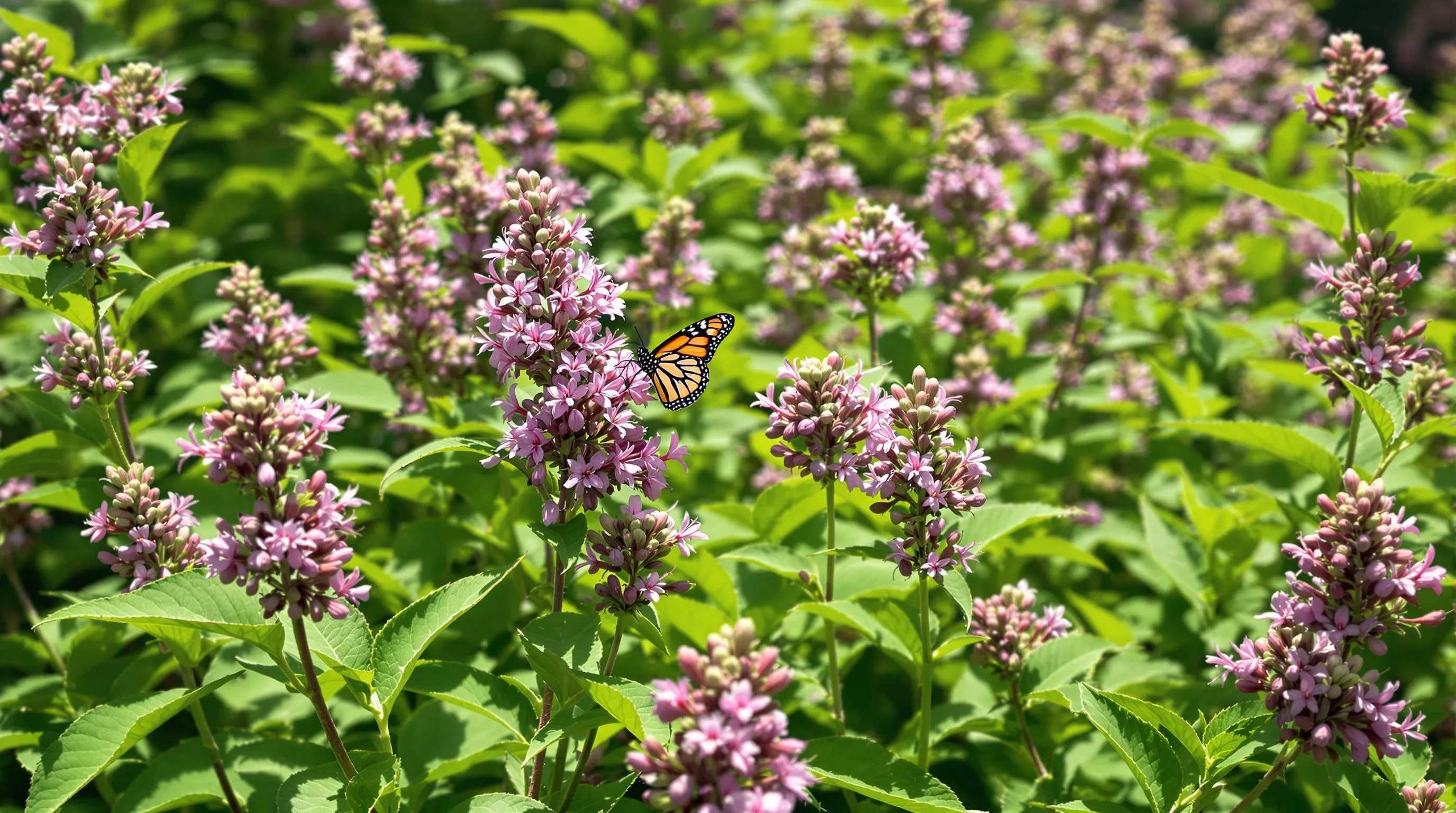
Common Milkweed (Asclepias syriaca) is the workhorse of monarch butterfly conservation. This native perennial stands out as the preferred host plant for monarchs across North America, providing everything these butterflies need for their life cycle.
Growing and Maintaining Common Milkweed
Common Milkweed grows 3-5 feet tall with clusters of fragrant, mauve-pink flowers that bloom from June to August. Start seeds indoors 8-10 weeks before your last frost date or sow directly outdoors in fall for natural cold stratification. This hardy plant thrives in full sun and tolerates poor soil conditions, making it ideal for beginning butterfly gardeners. Once established, Common Milkweed spreads through underground rhizomes, forming colonies that provide abundant food for monarch caterpillars. To prevent aggressive spreading, plant in contained areas or remove seed pods before they open. Water newly planted milkweed regularly until established, then reduce watering as the plant’s deep taproot allows it to withstand drought conditions effectively.
Best Regions for Common Milkweed Success
Common Milkweed flourishes in USDA hardiness zones 3-9, making it adaptable to most of the continental United States. It’s particularly well-suited for the Midwest, Northeast, and Mid-Atlantic regions, where it naturally occurs in meadows, roadsides, and open fields. This versatile plant performs best in areas receiving at least 6 hours of direct sunlight daily. While it tolerates clay, loamy, and sandy soils, Common Milkweed prefers well-draining locations. In the southern regions of its range, providing afternoon shade helps protect plants during extreme summer heat. Avoid planting in waterlogged areas, as excessive moisture can lead to root rot and fungal issues that compromise the plant’s health and reduce its value to monarch butterflies.
Swamp Milkweed: Perfect for Moist Gardens
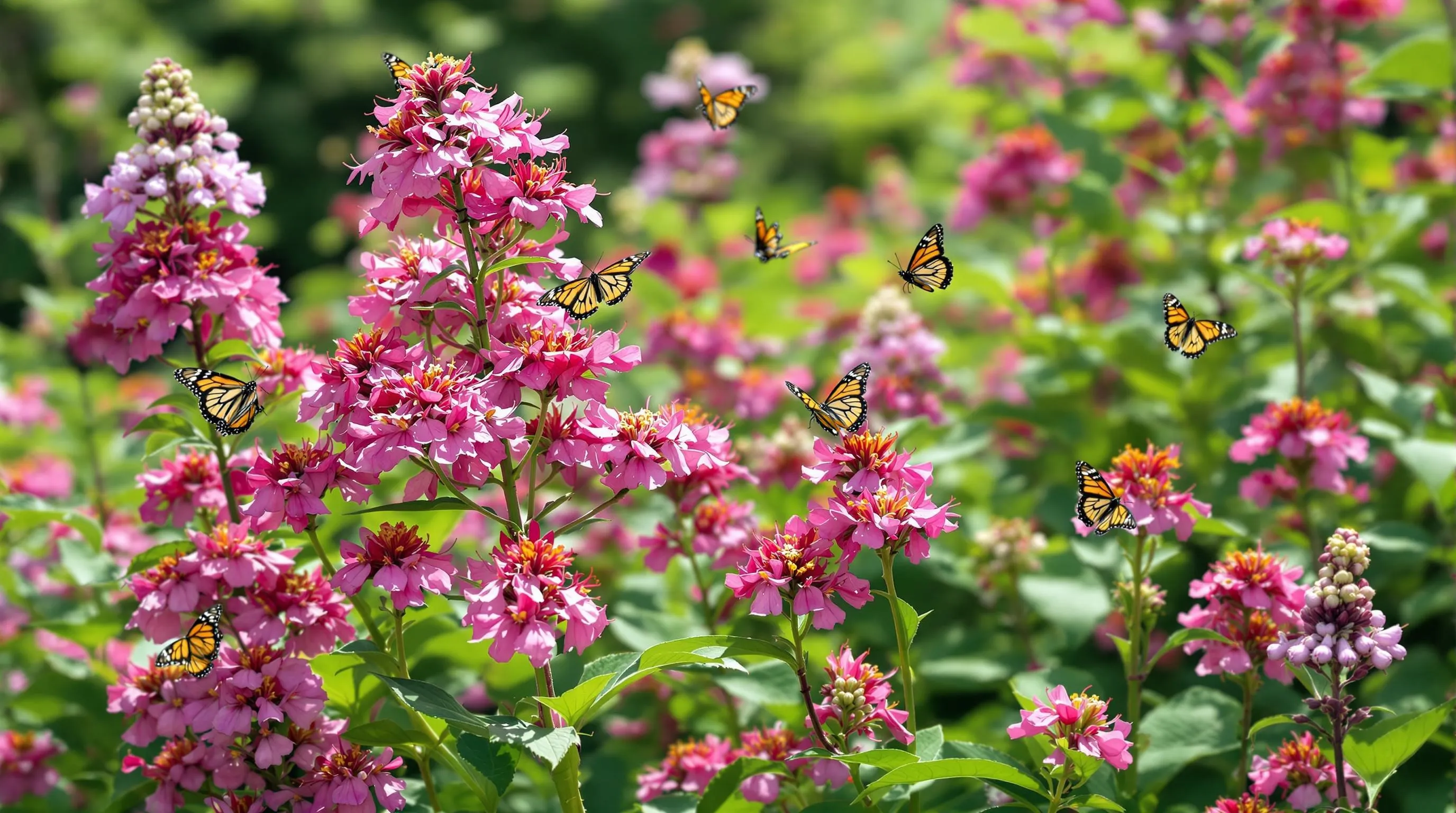
Swamp milkweed (Asclepias incarnata) thrives in wet soil conditions that would cause other milkweed species to fail. Unlike its common cousin, this elegant native plant offers a refined appearance with clusters of pink to mauve flowers and a more contained growth habit, making it ideal for garden borders and rain gardens.
Cultivating Swamp Milkweed in Your Industry
Swamp milkweed reaches 3-4 feet tall with an upright, clumping form that won’t take over your garden. Plant it in full to partial sun in consistently moist soil for best results. Even though its name, it doesn’t require standing water—just regular moisture. You’ll find it performs beautifully in rain gardens, pond edges, and low spots in your yard. Unlike common milkweed, swamp milkweed doesn’t spread aggressively, growing instead in neat clumps that expand gradually. Hardy in USDA zones 3-8, this versatile plant tolerates clay soil and seasonal flooding. Start seeds indoors 8-10 weeks before your last frost date, or sow directly outdoors in fall for cold stratification.
Attracting Monarchs with Swamp Milkweed
Monarchs actively seek out swamp milkweed for egg-laying, making it one of the most effective monarch magnets for your garden. The vanilla-scented, nectar-rich pink blooms appear from July through September, providing food for adult butterflies during peak migration season. A single established plant can support multiple monarch caterpillars, each consuming about 20 leaves during development. The hollow stems also provide essential overwintering habitat for native bees. For maximum monarch attraction, plant swamp milkweed in groups of 3-5 plants, creating visible patches that butterflies can spot from above. Pair with late-blooming nectar sources like asters and goldenrod to create a complete monarch habitat that supports these incredible insects throughout their lifecycle.
Butterfly Weed: The Drought-Tolerant Monarch Haven
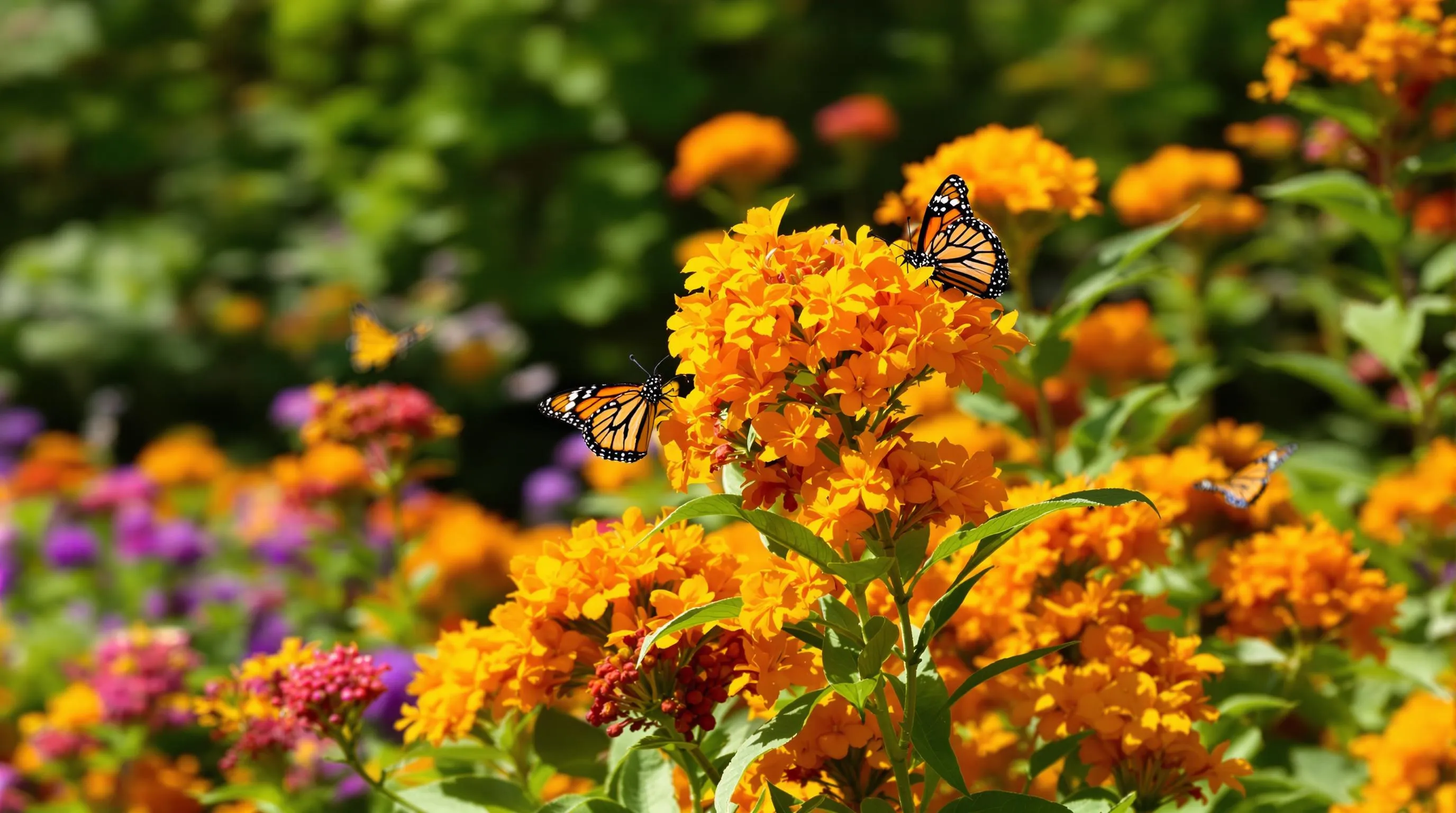
Butterfly weed (Asclepias tuberosa) stands out among milkweed varieties for its exceptional drought tolerance and vibrant orange blooms. This native perennial reaches 1-2 feet tall and thrives in poor, well-drained soils where other plants struggle. Unlike its milkweed cousins, butterfly weed develops a deep taproot rather than spreading rhizomes, making it perfect for xeriscaping and rocky gardens. Its brilliant orange flowers bloom from June through August, creating a beacon for monarchs while adding striking color to your industry.
Planting and Care Tips for Butterfly Weed
Start butterfly weed from seeds or young plants in spring after the danger of frost has passed. Select a permanent location with full sun, as its deep taproot makes transplanting difficult once established. When planting, prepare well-drained soil and avoid adding fertilizer—butterfly weed actually performs better in lean soil conditions. Water newly planted specimens regularly until established, then reduce watering to only during extreme drought periods. This milkweed variety is exceptionally low-maintenance, requiring no deadheading or staking. Cut back stems in late fall or early spring to encourage bushy growth. Be patient with butterfly weed, as it typically takes 2-3 years to reach full flowering potential and may be slow to emerge in spring.
Complementary Plants to Pair with Butterfly Weed
Create a monarch-friendly garden by pairing butterfly weed with plants that extend the blooming season and provide additional nectar sources. Black-eyed Susans (Rudbeckia) complement the orange blooms while flowering simultaneously. Add late-season nectar with asters, goldenrod, and Joe-Pye weed to support monarchs during fall migration. For visual impact, combine butterfly weed with purple coneflower (Echinacea), Russian sage, or ornamental grasses like little bluestem. These companions not only create a cohesive native plant garden but also support diverse pollinators throughout the growing season. Plant these combinations in groups of three or five for the most natural appearance and greatest ecological benefit.
Showy Milkweed: Western Beauty for Monarch Support
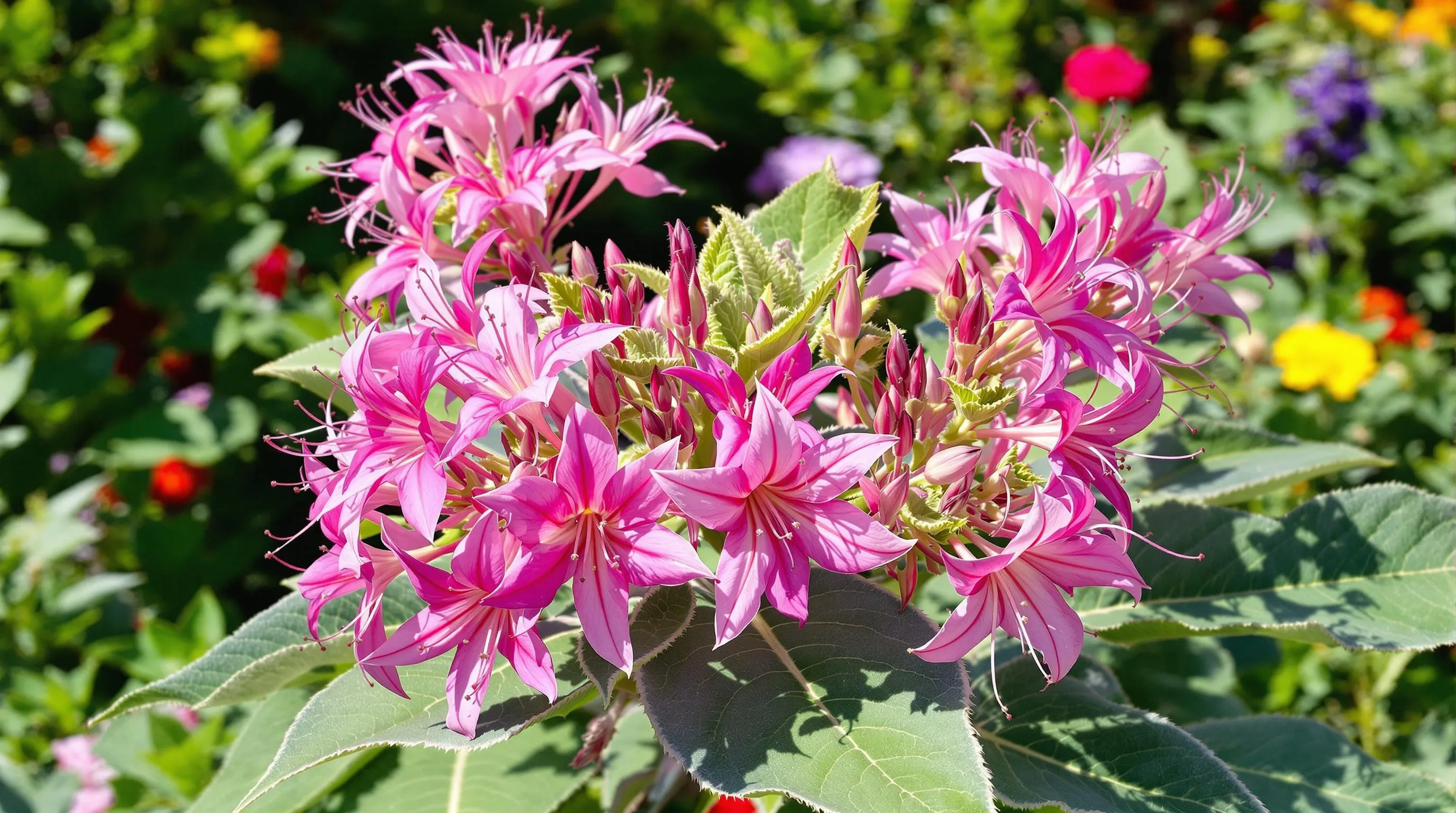
Showy Milkweed (Asclepias speciosa) is a striking native plant that serves as an excellent monarch butterfly host in western North America. Its large, star-shaped pink flowers and silvery-green foliage make it both an aesthetic garden addition and vital monarch habitat. This western milkweed variety grows 2-4 feet tall and produces fragrant blooms from May through August that attract many pollinators while providing essential food for monarch caterpillars.
Growing Conditions for Showy Milkweed
Showy Milkweed thrives in full sun and adapts to various soil types, making it versatile for different garden settings. You’ll find it performs best in well-drained sandy or clay soils with moderate moisture, though it becomes remarkably drought-tolerant once established. Native to USDA hardiness zones 3-9, this milkweed species naturally occurs in meadows, prairies, and along roadsides throughout the western states. Unlike some other milkweed varieties, Showy Milkweed tolerates alkaline soils and can handle occasional flooding, making it suitable for rain gardens and low spots. Space plants 18-24 inches apart to accommodate their spreading habit and provide adequate air circulation to prevent powdery mildew issues during humid periods.
Propagation Methods for Showy Milkweed
Propagating Showy Milkweed from seeds requires cold stratification for optimal germination. You can achieve this by mixing seeds with damp sand in a sealed container and refrigerating for 30-60 days before planting. Alternatively, direct sow seeds in fall to allow winter conditions to naturally break seed dormancy. For faster results, transplants offer immediate garden impact, though their deep taproots make division challenging. When collecting seeds from established plants, harvest pods when they begin to split but before they fully open and release their fluffy seeds. Showy Milkweed also spreads through rhizomes, creating natural colonies over time that provide substantial monarch habitat without becoming overly aggressive in most garden settings.
Tropical Milkweed: Growing Tips and Considerations
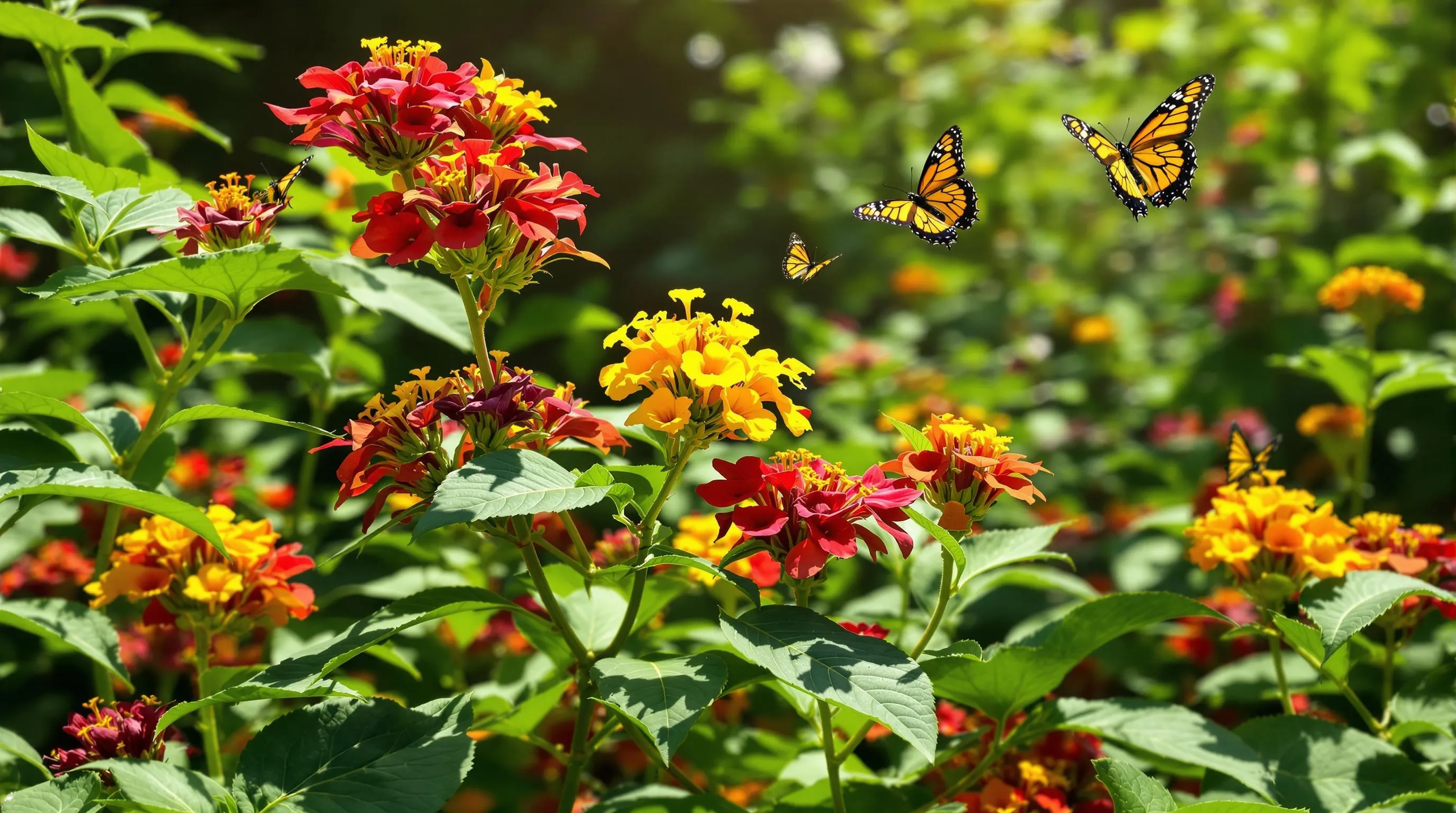
Tropical Milkweed (Asclepias curassavica) stands out with its vibrant red and yellow blooms that attract monarchs year-round in warmer climates. This non-native species grows quickly, reaching 2-3 feet tall, and provides abundant food for monarch caterpillars. While it’s popular for its beauty and effectiveness, growing Tropical Milkweed requires special considerations to ensure it supports rather than harms monarch populations.
When and Where to Plant Tropical Milkweed
Plant Tropical Milkweed after the last frost date in spring when soil temperatures have warmed. Select locations with full sun exposure (6-8 hours daily) for optimal growth and flower production. In USDA zones 9-11, this milkweed functions as a perennial, while in zones 8 and below, treat it as an annual or bring it indoors for winter. Container planting works well for Tropical Milkweed, allowing you to move plants as needed and making winter management easier in colder regions. Space plants 18-24 inches apart in well-draining soil with a pH between 5.5 and 7.5. While Tropical Milkweed tolerates various soil conditions, it performs best in moderately fertile soil and benefits from monthly light fertilization during the growing season.
Managing Tropical Milkweed to Prevent Problems
Cut back Tropical Milkweed to 6 inches in late fall or early winter if you live in zones 9-11 where it doesn’t naturally die back. This pruning prevents the buildup of OE (Ophryocystis elektroscirrha), a parasite that infects monarchs feeding on older growth. Replace your plants every few years to minimize disease buildup and maintain vigor. Monitor regularly for aphids, which can quickly infest milkweed—remove them with a strong spray of water rather than using insecticides that harm caterpillars. Consider incorporating native milkweed species alongside Tropical Milkweed to create a more balanced habitat. In migration corridors, plant natives exclusively or remove Tropical Milkweed entirely during fall migration season (September-November) to encourage natural monarch migration patterns. Water new plants consistently until established, then reduce to weekly deep watering during dry periods.
Whorled Milkweed: The Delicate Monarch Supporter
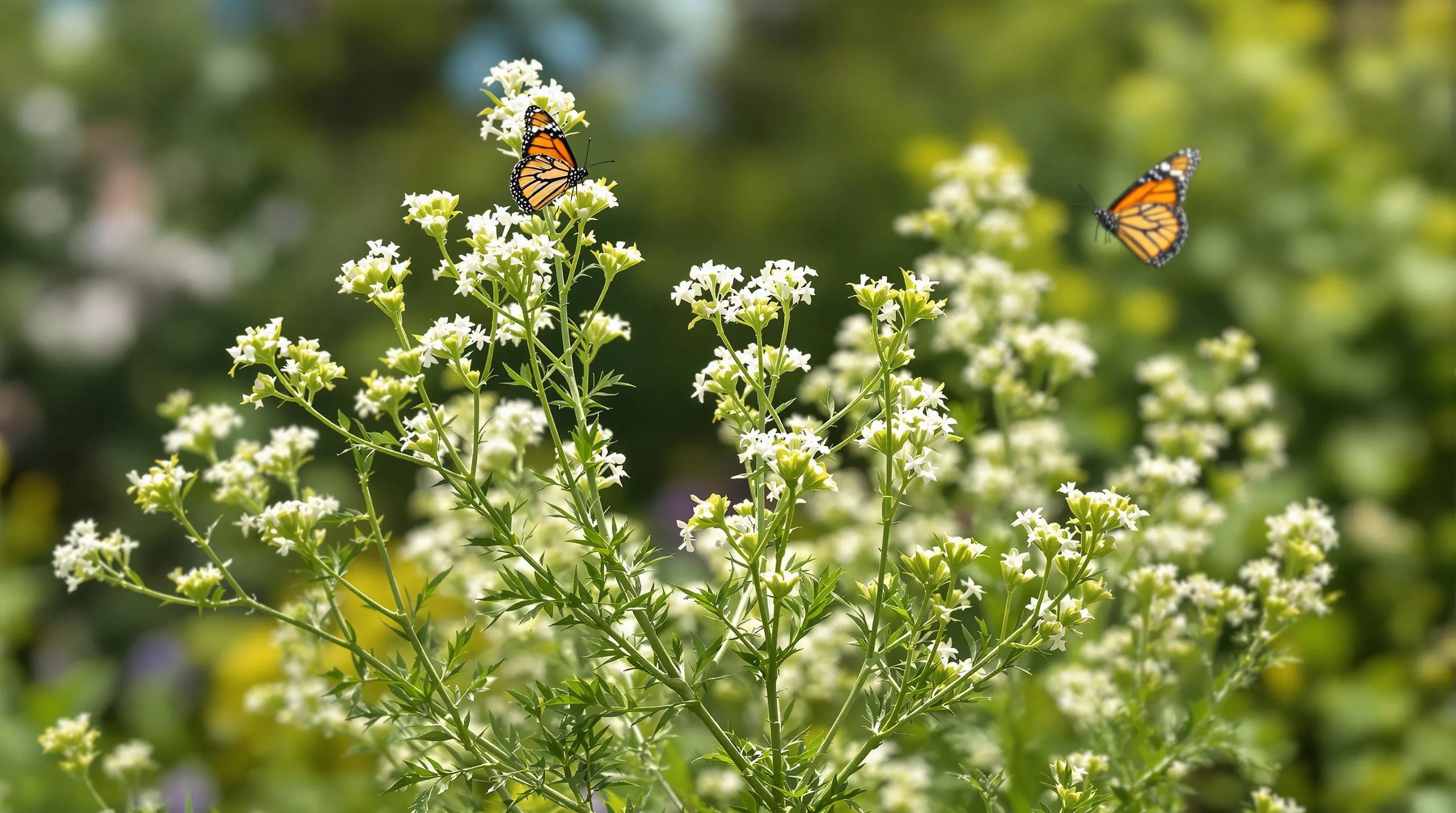
Whorled Milkweed (Asclepias verticillata) is a delicate, fine-textured native perennial that offers essential support for monarch butterflies. Unlike its more robust cousins, this dainty milkweed features needle-like leaves arranged in whorls around slender stems, creating an airy, grass-like appearance that reaches just 1-3 feet tall. The plant produces clusters of small white flowers from July to September that provide vital nectar for adult monarchs while its leaves serve as a host for monarch caterpillars. What makes Whorled Milkweed particularly valuable is its adaptability to challenging growing conditions where other milkweed species might struggle.
Ideal Growing Conditions for Whorled Milkweed
You’ll find Whorled Milkweed thrives in full sun to light shade and prefers well-drained, dry to medium soils. This drought-tolerant plant excels in poor, rocky or sandy conditions that would stress many other garden plants, making it perfect for xeriscaping projects and naturalized areas. Hardy in USDA zones 3-9, it’s less aggressive than Common Milkweed, forming loose colonies through both self-seeding and rhizomes without becoming invasive. Plant Whorled Milkweed in prairie gardens, meadows, or along sunny borders where its fine texture provides contrast to broader-leaved plants. For best monarch support, group 3-5 plants together, spacing them 12-18 inches apart to create a noticeable patch that butterflies can easily locate during migration. Once established, this low-maintenance native requires virtually no supplemental water or fertilizer, thriving with minimal intervention while providing maximum ecological benefits.
Creating a Complete Monarch Habitat Beyond Milkweed

While milkweed is essential for monarch reproduction, creating a complete habitat requires more elements to support these butterflies throughout their lifecycle and migration.
Nectar Plants to Complement Your Milkweed Garden
Monarchs need more than just milkweed to thrive—they require diverse nectar sources throughout the growing season. Plant early-blooming flowers like wild bergamot (Monarda fistulosa) and purple coneflower (Echinacea purpurea) to fuel spring arrivals. For summer sustenance, incorporate black-eyed Susans (Rudbeckia hirta) and bee balm (Monarda didyma), which produce abundant nectar during peak breeding season. Fall-blooming plants are crucial for migration; include New England aster (Symphyotrichum novae-angliae), goldenrod (Solidago spp.), and Joe Pye weed (Eutrochium purpureum) to provide energy for the long journey south. Create blooming clusters rather than scattered individual plants to increase visibility to passing monarchs. Aim for at least three nectar species flowering during each season to ensure continuous food availability from spring through fall migration.
Monarch-Friendly Garden Practices
Adopt chemical-free gardening methods to protect monarchs at all life stages. Avoid pesticides and herbicides entirely, as even organic formulations can harm caterpillars and adults. Provide shelter by incorporating native grasses like little bluestem and maintaining brush piles where butterflies can roost during inclement weather. Create puddling areas with shallow dishes filled with damp sand and small rocks where monarchs can extract minerals. Leave garden cleanup until spring to preserve overwintering beneficial insects and provide protective habitat through winter. Plant in drifts or clusters rather than single specimens to create visual targets for migrating monarchs. Install flat rocks in sunny spots to give butterflies basking areas where they can regulate their body temperature. Maintain a water source like a shallow bird bath with pebbles for safe landing spots. Remember to register your garden with monarch conservation organizations to contribute to citizen science efforts tracking these important pollinators across North America.
Harvesting and Storing Milkweed Seeds for Future Seasons

Collecting and saving milkweed seeds is a rewarding way to expand your monarch butterfly habitat while saving money on future plantings. The best time to harvest milkweed seeds is in the fall when the seed pods turn brown and begin to split open. Look for pods that are dry and slightly cracked—this indicates the seeds inside are mature. Carefully remove the pods from the plant and place them in a paper bag to catch seeds that may disperse during transport. To separate the seeds from their silky floss, place the entire pod contents in a fine mesh strainer and gently rub to release the seeds while the floss remains in the strainer. Store your cleaned seeds in paper envelopes or glass jars in a cool, dry place. Be sure to label each container with the milkweed species and collection date. When properly stored, milkweed seeds can remain viable for 2-3 years, allowing you to establish new plants each season and create an expanding network of monarch habitats throughout your garden and community.
Avoiding Common Milkweed Growing Mistakes
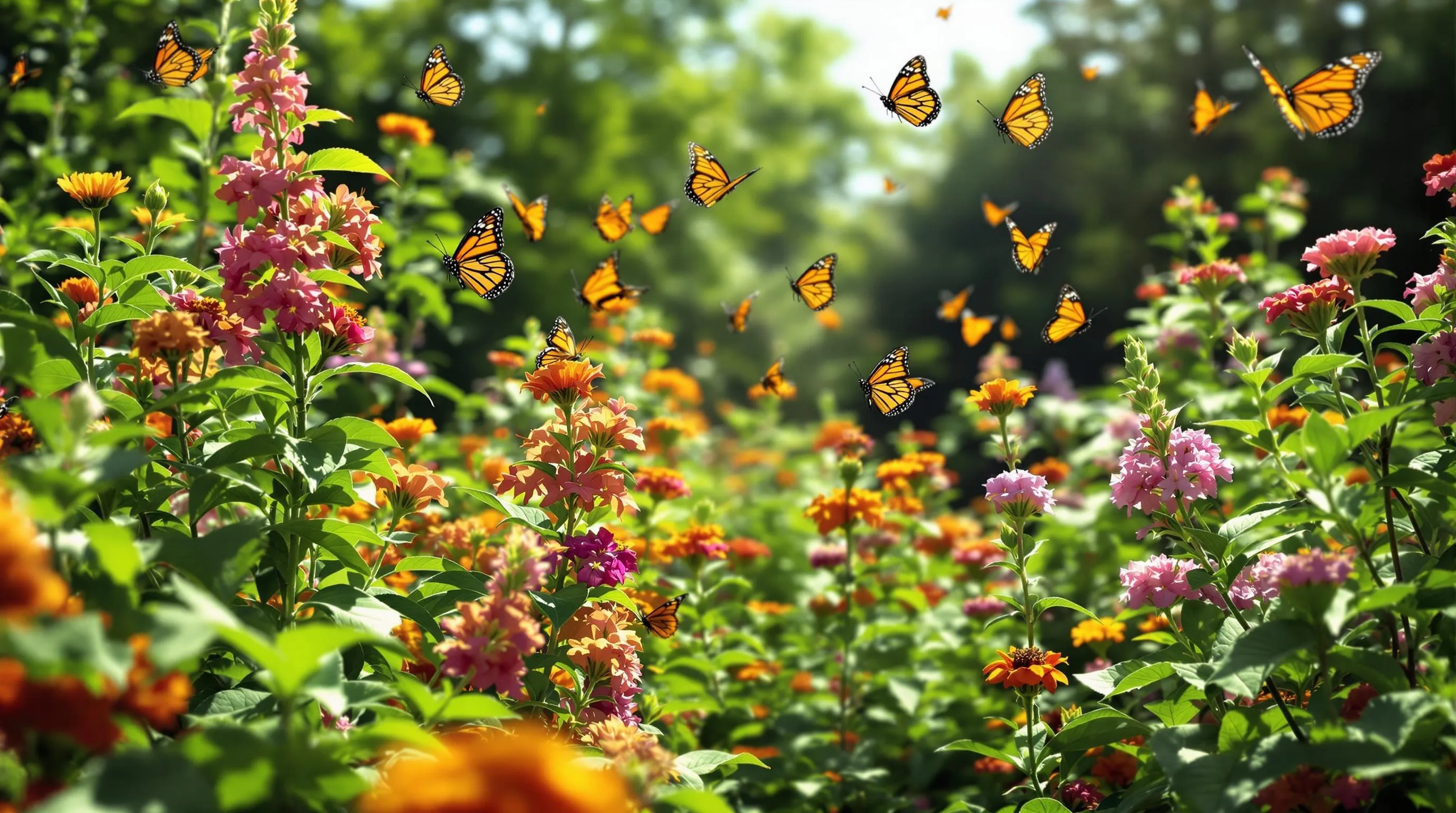
Growing milkweed for monarchs can be rewarding, but several pitfalls can hinder your success. Planting too deep is a common error—milkweed seeds need light to germinate, so press them gently into soil rather than burying them. Overwatering established plants can cause root rot; most milkweed species prefer well-drained soil and moderate moisture. Don’t remove all seed pods if you want natural reseeding, but do manage aggressive spreaders like Common Milkweed by removing some pods before they open. Avoid using pesticides and herbicides, which harm monarchs and other beneficial insects. When growing Tropical Milkweed in zones 8-10, cut it back in late fall to prevent disruption of migration patterns and buildup of OE parasites. Finally, don’t plant just one milkweed—monarchs need multiple plants to support their lifecycle, so group at least 6-10 plants together for optimal habitat creation. By avoiding these mistakes, you’ll create a thriving milkweed garden that supports monarch conservation.
Conclusion: Selecting the Right Milkweed Varieties for Your Region
By planting milkweed varieties suited to your region you’re creating crucial habitats that directly support monarch butterfly survival. Whether you choose Common Milkweed for its reliability Swamp Milkweed for moist areas or Butterfly Weed for dry conditions each plays a vital role in the monarch lifecycle.
Remember that combining different milkweed species with complementary nectar plants creates the most effective monarch sanctuary. Your garden can become part of a nationwide network of “refueling stations” helping these iconic butterflies complete their remarkable migration.
Start with just a few plants and expand your milkweed patch each year. You’ll soon witness the magic of monarchs visiting your garden while contributing to conservation efforts that make a real difference for these threatened pollinators.





